World Showcase
Image: Disney
For just a moment, we have to leave the worlds of Disney animation aside, and for good reason. When EPCOT Center opened in 1982, it was designed specifically to omit Disney’s beloved animated characters.
And think of how revolutionary that really was. Up until the park’s opening, a trip to “Disney” was synonymous with princesses, castles, pirates, cartoons, and Fantasyland favorites. EPCOT Center changed the model. It left the explicit fantasy and fairy tales behind and instead was made of two realms dedicated to reality: Future World (a World’s Fair style exploration of industry and technology, with mega corporations sponsoring pavilions with educational dark rides)...
Image: Disney
...and World Showcase (a World’s Fair style collection of cultural pavilions dedicated to country’s stories, architecture, culture, history, and cuisine).
As the years passed, EPCOT Center gained a nasty reputation and became a pop culture punch line – it was the theme park kids dreaded spending a day at. What child, they imagined, would trade a day of Space Mountain, Pirates of the Caribbean, Jungle Cruise, or Cinderella’s Castle for educational dark rides? In the 1990s, then-CEO Michael Eisner decided to punch up the park’s attractiveness by ending the moratorium on Disney characters.
As much as many Disney Parks fans detest the decision, you have to admit: Eisner’s regime had overseen the wild and wonderful expansion of Disney’s animated catalogue to contain characters that were defining the 1990s... except one.
Renaissance
Eisner had reinvigorated almost all aspects of the newly re-branded Walt Disney Company. Before Eisner, Disney’s animated films had all but left the world of fairy tales behind.
Then, 1989’s The Little Mermaid (itself an Andersen tale) singlehandedly revived Walt Disney Animation. The release of The Little Mermaid is universally agreed upon as the start of the “Disney Renaissance,” when Disney had hit after hit after hit at the box office, each a Broadway-style musical based on fairy tales, legends, and myths.
That’s why Disney suspected that – fifty years after their first attempt – they should look into The Snow Queen again, as a bookend to the studio's fairy tale era. The project was reportedly given to Glen Keane, the character animator who’d given life to The Little Mermaid, Beauty and the Beast, Aladdin, Pocahontas, and Tarzan. As a creative lead to Disney’s Renaissance, Keane would be just the person to make The Snow Queen story fresh, relevant, and – most of all – filmable. Until he couldn’t. Keane officially quit the project in 2002, instead shifting to Disney’s upcoming take on Rapunzel.
Image: Disney
That left the “Disney Renaissance” style renderings drawn up for The Snow Queen that would've made her fit alongside Pocahontas, Ariel, and Jasmine on ice, and the idea of bringing The Snow Queen to the big screen was dead on arrival… again.
Norway
As it happens, Glen Keane’s abandonment of The Snow Queen isn’t the only Disney departure in 2002. It was also that year that the government of Norway elected to stop sponsoring the pavilion dedicated to the country in Epcot’s World Showcase. Opening in 1988 (set between Mexico and China), the Norway pavilion had been a cultural showcase of the country’s industry and history.
Image: Disney
It also had the distinction of being one of the only World Showcase pavilions to have a ride. In fact, the ride that had opened alongside the Norway pavilion back in 1988 was also billed as Epcot’s first-ever thrill ride. Norway’s representatives had requested a “travelogue” style dark ride through Norway requesting that Disney’s designers emphasize a few specific elements: “Vikings, a fishing village, polar bears, a fjord, an oil rig, and maybe a troll or two.”
Seated in Viking longboats, guests would ascend into the history of Norway and – most memorably – through its mythology. In a four-minute, forwards / backwards boat ride, guests would sail through a historical Viking village, troll-infested swamps, the frigid snow-covered valleys of the country, and eventually splash down in the Baltic sea beneath a towering oil rig, exiting to a theater film about Norway’s real, modern industry. Check, check, check, and check.
Image: Disney
Naturally, we chronicled the entire making-of and experience of this one-of-a-kind ride in its own in-depth feature – one of the most read features on Theme Park Tourist! – Lost Legends: Maelstrom. It’s important to read up on that history if you haven’t already, because it largely sets the stage for where we’re heading next…
Because, in 2002, Norway dropped its sponsorship of its Epcot pavilion, likely feeling confident that the pavilion and Maelstrom would continue sailing onward for the foreseeable future. After all, what could Disney possibly fit thematically into a pavilion dedicated to legends of Norway?
Frozen
Image: Disney
It wasn’t until 2008 that the Chief Creative Officer of Disney Animation, John Lasseter, got hold of Chris Buck’s pitch for a new take on the story of The Snow Queen. Lasseter was apparently “blown away” by some of the art created in Disney’s Renaissance-era attempt at the story and saw the merit in reviving the concept with Chris Buck at the helm. In 2010, Anna and the Snow Queen was put into production, but writers still couldn’t figure out how to work the titular villain into the story.
Image: Disney
She was too one-dimensional; too distant; barely-a-villain who just didn’t connect in an otherwise light-hearted story. (Consider, if you dare, the “villain” in The Little Mermaid: Ariel’s Beginning, a too-strict babysitter who fails to offer a compelling threat, a multi-faceted story, or a driving plot.)
Ultimately, Lasseter and his team began with play with the idea that the Snow Queen, by then named Elsa, might be struggling to accept herself and a fate she didn’t ask for and considered unfair.
Image: Disney
One step at a time, she lost her imposing, inhuman stature and her blue skin, gradually becoming a simple yin to the protagonist Anna's yang.
When songwriters Kristen Anderson-Lopez and Robert Lopez created the character’s ‘I want’ song, “Let It Go,” Elsa’s personality began to take shape. The turning point, though, was when a member of the story team reportedly asked, “What if Anna and Elsa were sisters?”
Image: Disney
With an entirely new dynamic to shape the relationship between the characters, Elsa’s call to villainy fell away, and Anna’s trek toward the icy castle was now in search of her sister. Elsa was re-animated to lose her icy crown and high-neck dress. Instead, she gained long, braided blonde hair and kind eyes. She wasn't a villain at all... she was lost, hopeless, and misunderstood. And if you think Elsa's final visual development design has something in common with the Snow Queen imagined by Marc Davis for his Enchanted Snow Palace at Disneyland, you'd likely be right...
Anna and the Snow Queen was back on the docket with one last major change. Since Disney's marketing team suspected that the title of The Princess and the Frog had led to its underperformance by excluding little boys, the Glen Keane Rapunzel feature in post-production was renamed Tangled, and Anna and the Snow Queen became Frozen. (Interestingly, Tangled and Frozen both retained their fairy tale names – Rapunzel and The Snow Queen – in many international markets, with beautiful, romantic, atmospheric trailers and movie posters to boot, compared to the comical, buddy-comedy, Olaf-centered U.S. marketing.)
Image: Disney
2013’s Frozen gave a new twist to Andersen’s story of the Snow Queen. (And indeed, Disney fans say it's no coincidence that the film's leads are Hans, Kristoff, Anna, and Sven... say it three times fast.)
Disney’s distinctly-21st century take centers around the frosty relationship between two sister princesses – Anna and Elsa. Elsa maintains a chilly distance from her younger sister to protect Anna from her secret (and increasingly uncontrollable) ice powers. On the night of her coronation, Elsa’s emotions get the best of her and she ignites an eternal winter that blankets the kingdom of Arendelle in snow. Naturally, it’s up to Anna to chase her fleeing, frightened sister into the snowy mountains to convince her that she’s not better off alone.
$1.287 billion later, the rest is history… Read on…
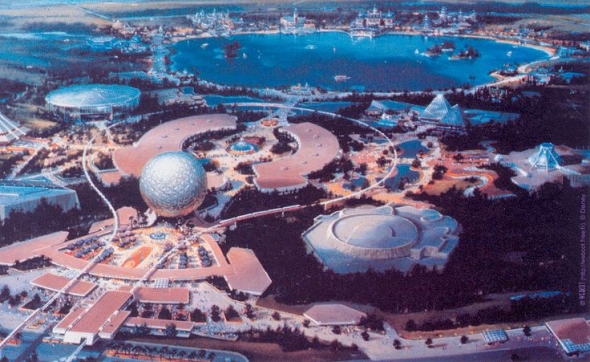
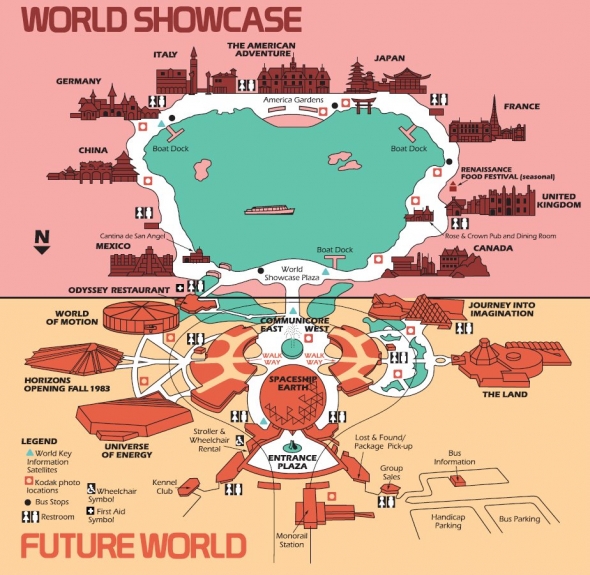
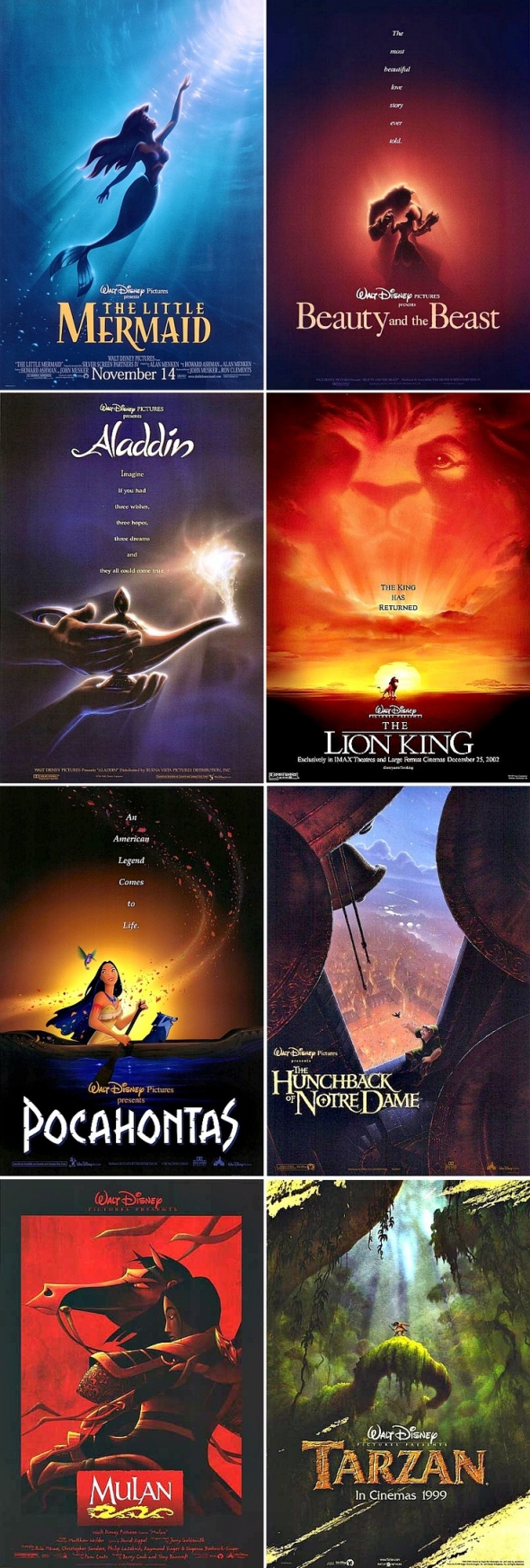
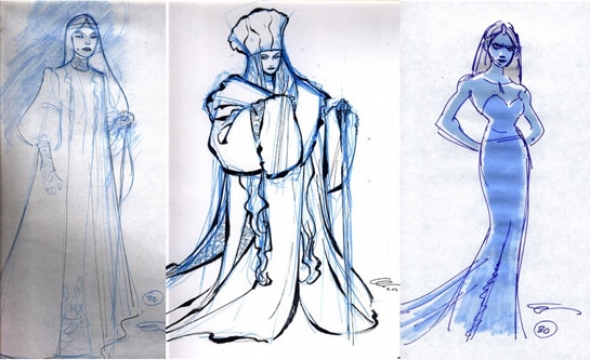
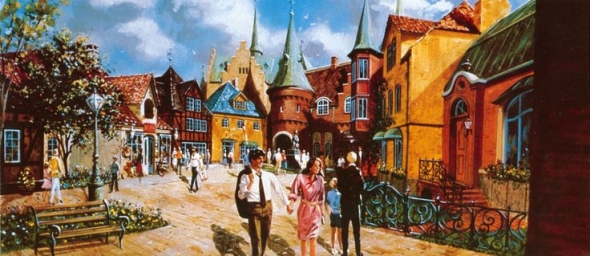
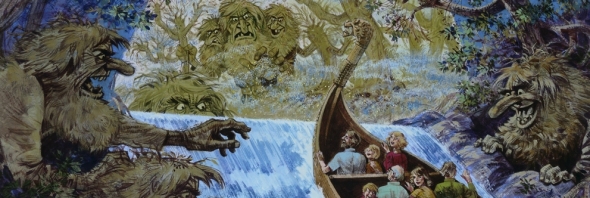
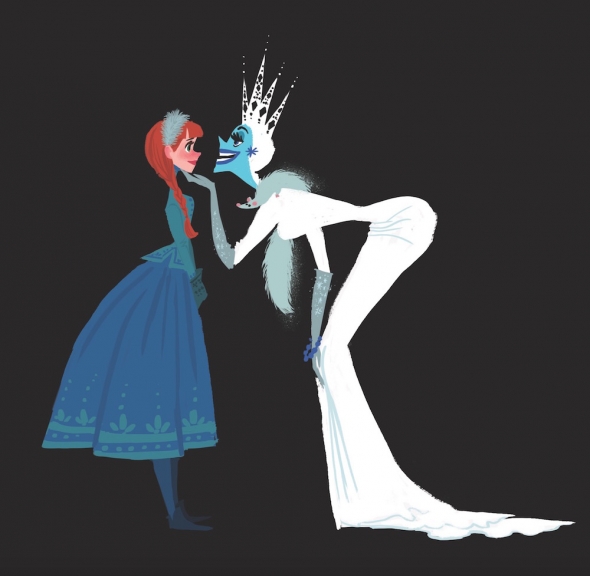
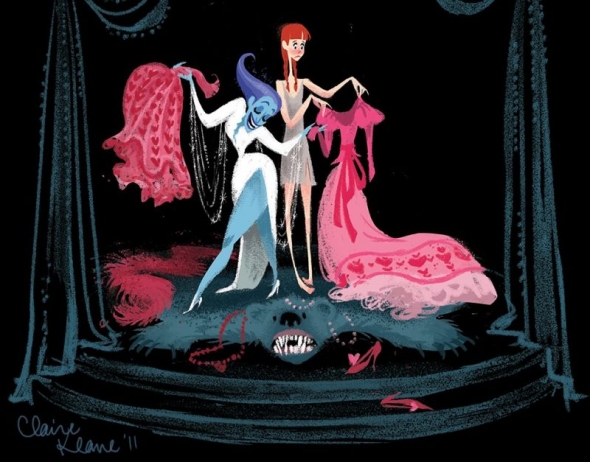
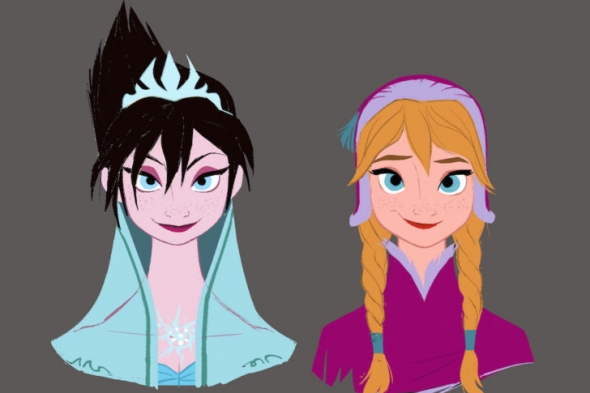
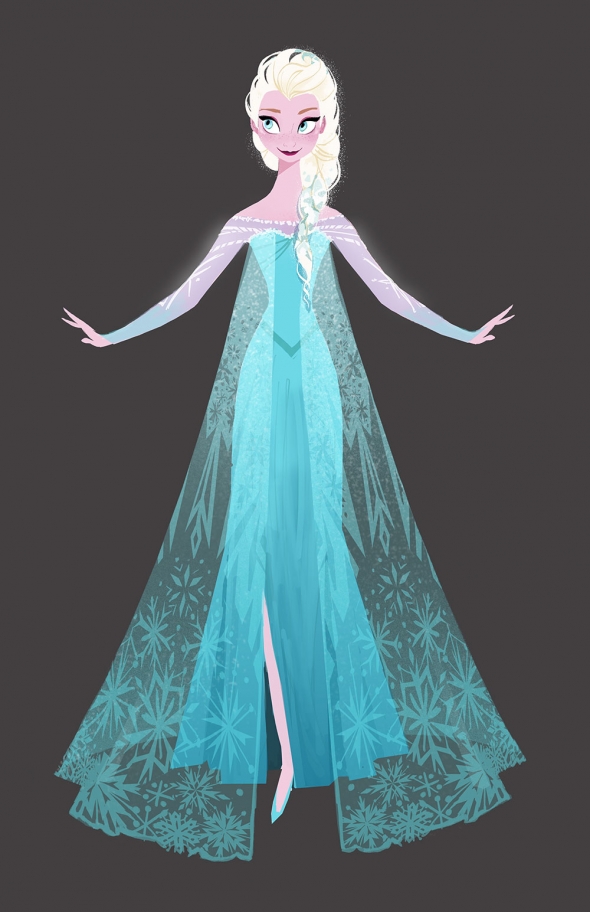
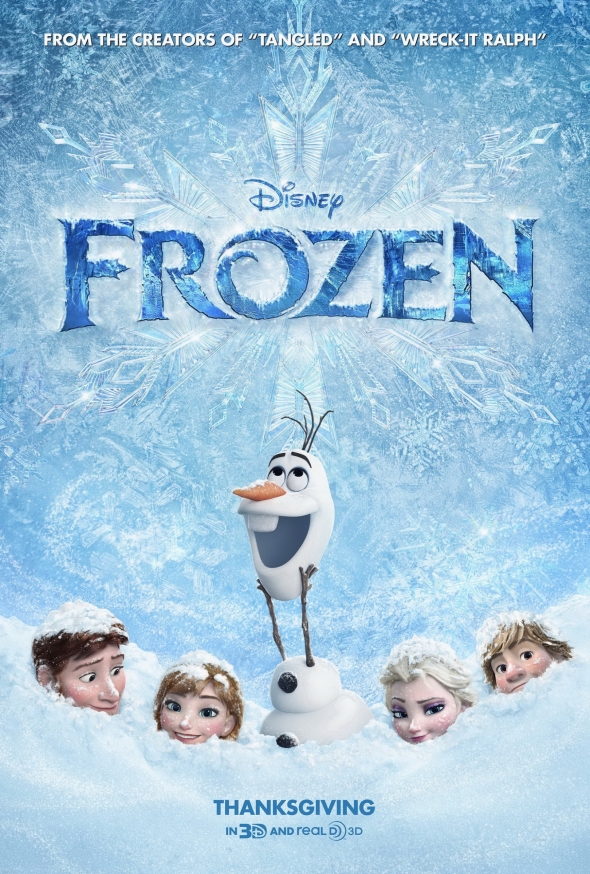

Comments
The modern marvel entries are honestly my favorite to read on this site. So much information is crammed into these articles and you truly feel like you learned something at the end. Awesome work!
Very good article! I just suggest fixing a couple minor mistakes:
1) You call H.C. Andersen a Dutch writer. This is approximately as correct as saying Walt Disney was a Nicaraguan animator and director. He's a bit of a national point of pride in Denmark, his actual home country. So change that "Dutch" to "Danish" before some Dane comes along and puts Lego pieces in your shoes while you are sleeping.
2) A minor one, but you say Maelstrom ended with a splashdown next to an oil rig in the Baltic sea. A quick glance at a map would tell you that Norway has no coastline towards that sea, and I doubt there even is oil to be found there. All the platforms are in the North Sea. A comparable mistake would be to claim Houston to be on the coast of Baja California. Not only the wrong ocean, but also the wrong country.